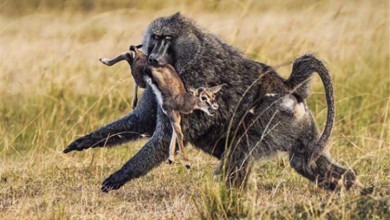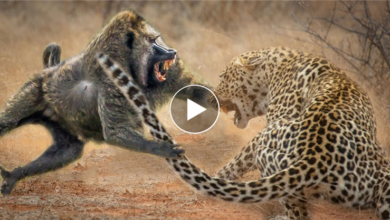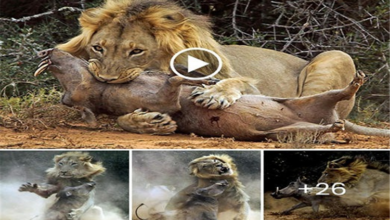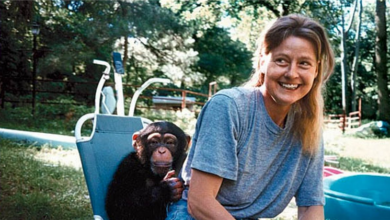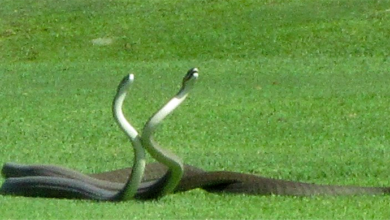‘It’s a bit weird’: Snake hatchlings are still being born – and experts are concerned

Over the past few months, a Queensland snake catcher has removed eastern brown and spotted black snake hatchlings from a child’s bedroom, someone’s wardrobe, his own home – multiple times – a wall cavity, and as of this week, a retirement home.
But Gunter Glasser, of Darling Downs Snake Catchers, says it’s not where the venomous reptiles have been found that’s causing him the most concern.
It’s when which worries him.
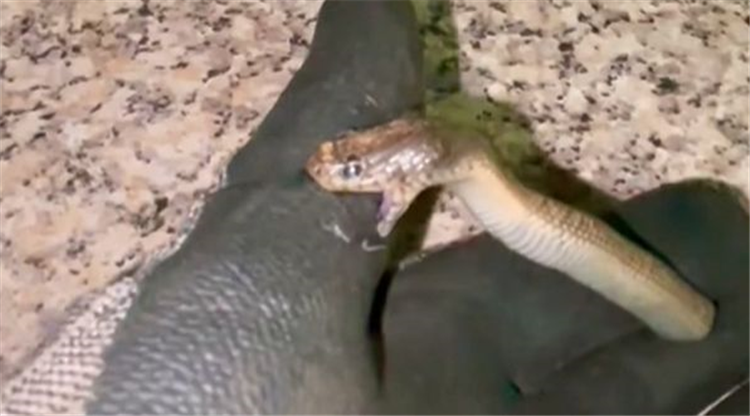
“It’s a bit weird,” Glasser told 9news.com.au
“Normally they come out in December and it peters out (at the) end of February.
“The whole year I’ve had more than I normally have.
“Every other year it’s maybe one or two, at the most three.
“This year it’s been every month. We’re getting all these late ones”.
Glasser said he had caught and released around eight baby snakes in April and another two this month.
And he’s not alone.
He claimed a colleague in Lockyer Valley, “where it’s slightly warmer”, is seeing more hatchlings than him.
The encounters come as snake season, which typically runs from September to April, draws to a close.
Snakes have two different ways of producing young: either by laying eggs, which eastern brown snakes do, or live birth, which tiger snakes and red-bellied blacks do.
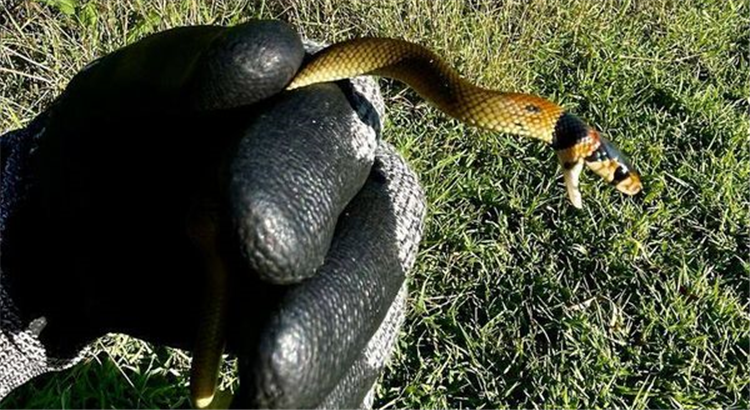
Glasser believes a cooler spring and abnormally warm autumn is responsible for snakes delaying both births and egg-laying.
“I think it’s just weird weather. It’s upsetting them,” he said.
“Everything has just (been) postponed.”Glasser said he was called to remove a hatchling this week from an aged care resident’s room.
He expressed concern about the number of hatchling callouts, explaining wild snakes would “have to feed up well if they’re going to survive the winter”.
“They’re only these skinny little things,” he said.
“You just hope they get enough food and find a hiding spot.
“It’s just a bit of a concern.”
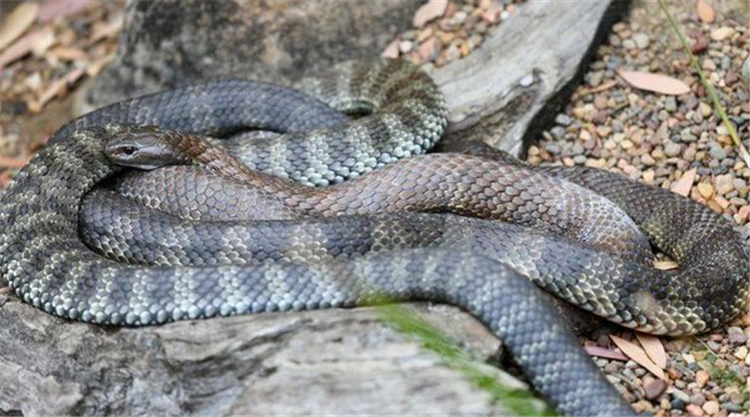
Billy Collett, operations manager at the Australian Reptile Park on NSW’s Central Coast, explains snake species do not eat during winter as it could prove fatal.
If the reptiles are not warm enough they can’t digest food, so it rots inside their stomach.
“They have a rough start to life when they are born late,” Collett told 9news.com.au.
“It’s a hard thing, as we’ve just had a cold snap so the chances of them getting food before winter is limited.
“If they don’t get that food it really limits their chances of survival.
“There are always stronger snakes in a clutch too, the leaner ones coming into a long, cold winter normally perish.
“They fight not only the odds of temperatures but also of predators, such as birds.”
Collett added that tigers and red-bellied snakes are more tolerant to cold, while winter adversely affects species such as eastern browns and taipans.

